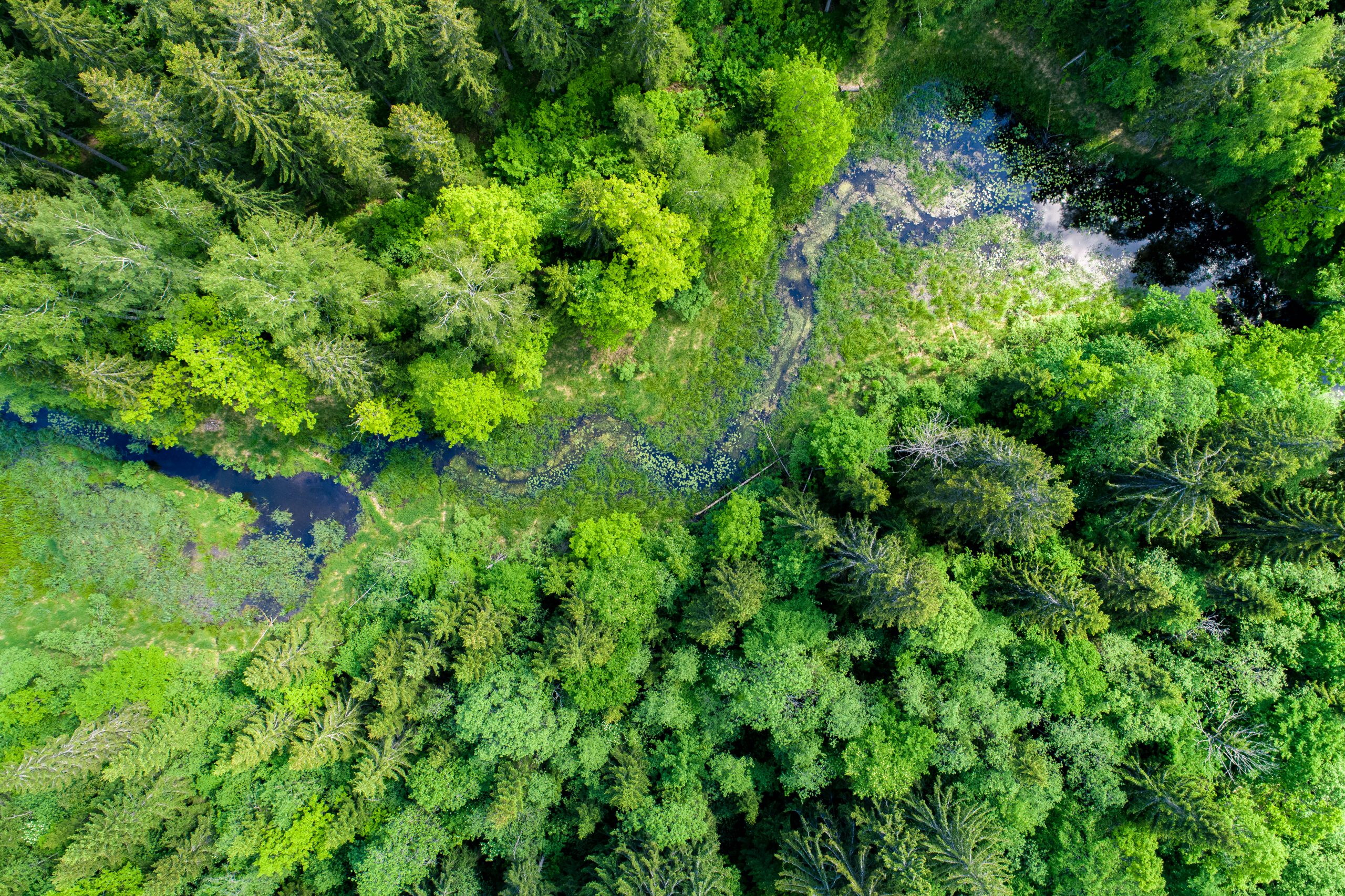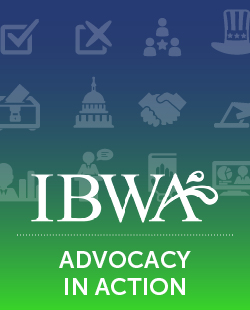The Environment
The Environment

In today’s on-the-go society, most of what we drink comes in a package. The bottled water industry has taken proactive steps to ensure that our products have the smallest environmental footprint of any packaged beverage.
What does it mean to be “sustainable” in the bottled water industry?
Sustainable development policies encompass three general policy areas: economic, environmental and social. In support of this, several United Nations texts refer to the “interdependent and mutually reinforcing pillars” of sustainable development as economic development, social development, and environmental protection. In short, “sustainable development” is fundamentally based on maintaining the delicate balance between human needs and preserving natural resources and ecosystems on which we and future generations depend.
- Managing water collection in a manner ensuring the long term viability of the watershed
- Using as little packaging as possible, leveraging new technologies and/or renewable resources to maximize conservation of non-renewable resources
- Working with government, industry and public interest groups to promote and increase bottled water packaging recycling, and reuse for home-and-office delivery products
- Minimizing energy use in the production and distribution of bottled water while selecting renewable energy sources wherever possible
- Seeking to reduce the impact on the environment as much as possible at every step in the bottled water life cycle.
Overall impact of plastics in the environment
A report from the American Chemistry Council (ACC) – Life Cycle Impacts of Plastic Packaging Compared to Substitutes in the United States and Canada – looked at the overall impact of plastics on the environment compared to other materials to answer the following question: If we weren’t using plastic for the container, what would we be using instead, and what would be the impact of those alternatives? ACC’s report concluded that, when comparing materials throughout the entire life cycle of a package, plastics leave a much smaller environmental footprint than alternatives, such as glass, aluminum cans, and paperboard cartons. Perhaps the most significant finding from the ACC report is that alternatives to plastic beverage containers would produce about 60 percent more greenhouse gas emissions.
To review a comprehensive comparison of packaging materials used to produce beverage containers and their environmental footprint, CLICK HERE.
Water and energy use
Even with continuing growth and increased consumption, bottled water still has the smallest water and energy use footprint of any packaged beverage. Results from a 2018 Water and Energy Use Study, conducted by the Antea Group for IBWA, show that the amount of water and energy used to produce bottled water products in North America is less than all other types of packaged beverages. On average, only 1.39 liters of water (including the 1 liter of water consumed) and 0.21 mega joules of energy are used to produce 1 liter of finished bottled water.
Light-weighting
Bottled water companies have also reduced the environmental footprint of their plastic containers by continual light-weighting of PET bottled water plastic packaging, which has resulted in the average weight drop to 9.25 grams per 16.9 oz single-serve container. That is almost one-third less PET than the amount it takes to make soda and other drink containers, which need to be thicker due to carbonation and manufacturing processes and weigh, on average, 23.9 grams.
Between 2000 and 2014, the average weight of a 16.9 oz single-serve PET bottled water container reduced by 51 percent, according to the Beverage Marketing Corporation. This saved 6.2 billion pounds of PET resin during that time period.
Recycling
In addition to being made from the most environmentally friendly packaging material (i.e., plastic), bottled water containers are 100 percent recyclable – including the caps. Most 16.9 oz bottled water containers are made from polyethylene terephthalate (PET), which is the one of the most recycled plastics in the world. PET plastic can be recycled over and over because it is a polymer that is repairable, meaning you don’t have to worry about it losing its mechanical properties through the recycling process.
Bottled water is the most recognized and recycled PET plastic container in curbside recycling systems. In fact, bottled water containers make up approximately 55 percent (by count) of all PET plastic collected in curbside systems throughout the United States. (In comparison, plastic soda containers make up only 18 percent.) IBWA continues to support strong community recycling initiatives and recognizes that a continued focus on increased recycling is important for all. The recycling issue increases in importance as more and more states look to implement recycled content mandates.
rPET & rHDPE
For many years, bottled water companies have been increasing the use of recycled PET (rPET) and recycled HDPE (rHDPE) in their containers. Many bottled water companies have embraced using rPET packaging, offering their products in containers that are made of 50, 75, or even 100 percent rPET. But to keep that trend going, bottled water companies need to have a sufficient amount of rPET and rHDPE to use. Consumer access to—and participation in—convenient recycling programs help determine the supply of rPET and rHDPE. If more people recycle, then the availability of rPET and rHDPE will increase as well.
U.S. waste stream
According to figures derived from data by the U.S. Environmental Protection Agency, PET plastic bottled water containers account for less than 1/4 of 1 percent of the U.S. waste stream. Bottled water production accounts for less than 0.02 percent of the total groundwater withdrawn each year. Measured in tons of landfill space, PET plastic bottled water containers make up just 3.3 percent of all beverage containers that end up in landfills. Waste percentage numbers are much higher for the glass (66.7 percent), aluminum (7.9 percent), and plastic soft drink bottles (13.3 percent) that end up in landfills.
Learn more:
- Environmental footprint
- Water use and management
- Recycling
- Recycled PET facts
- Ocean plastics
- California drought
- Flint, MI





